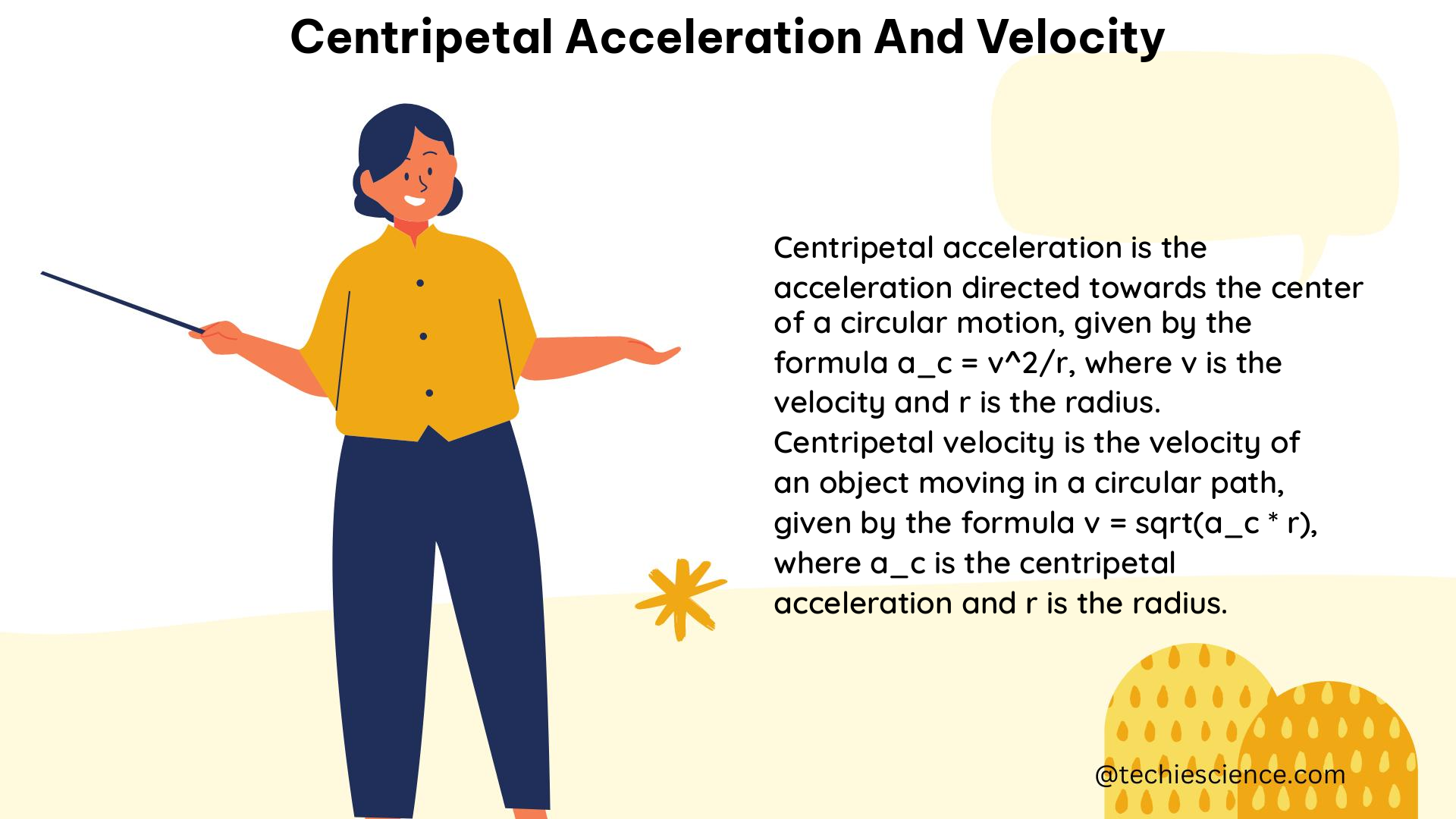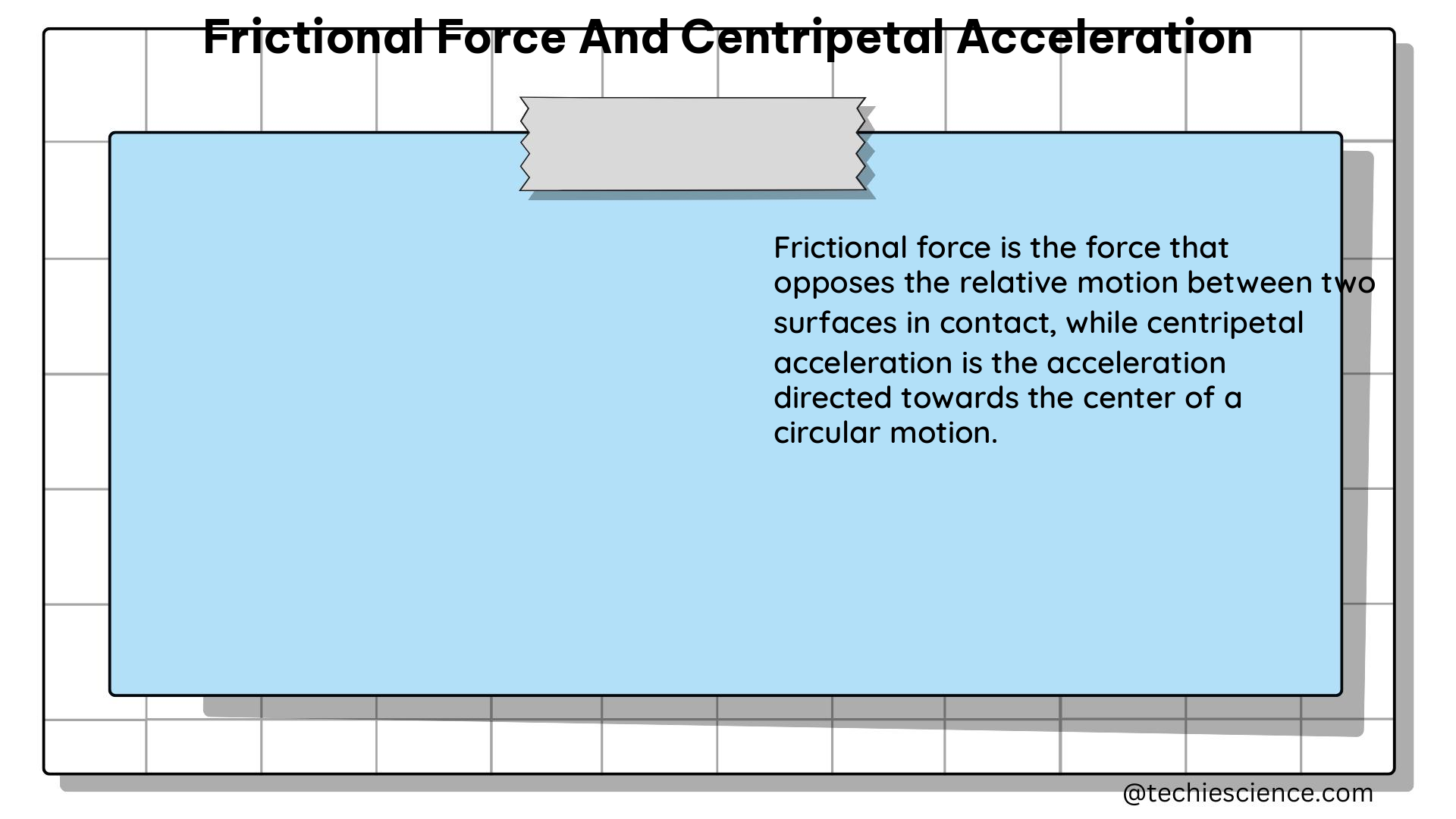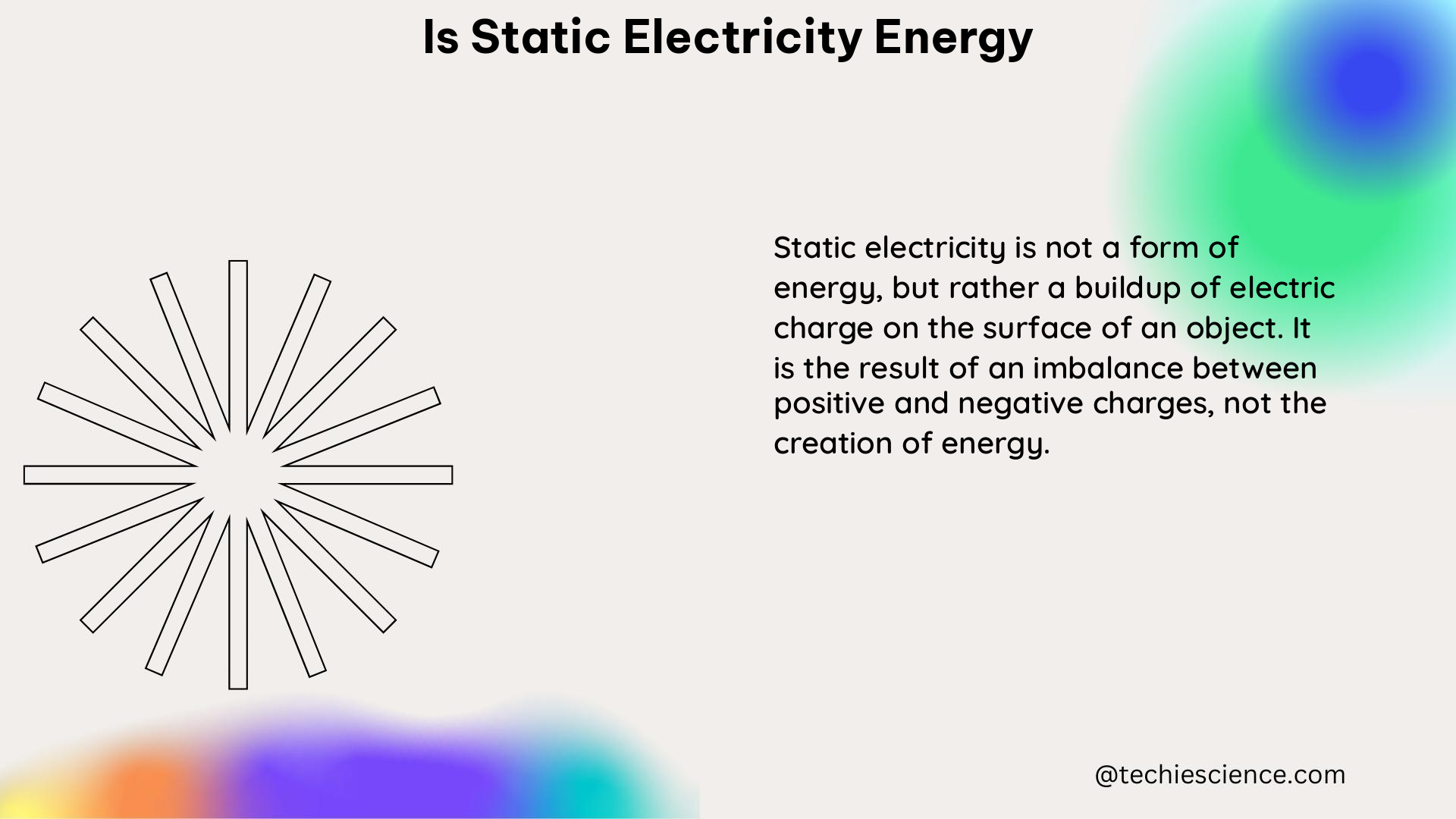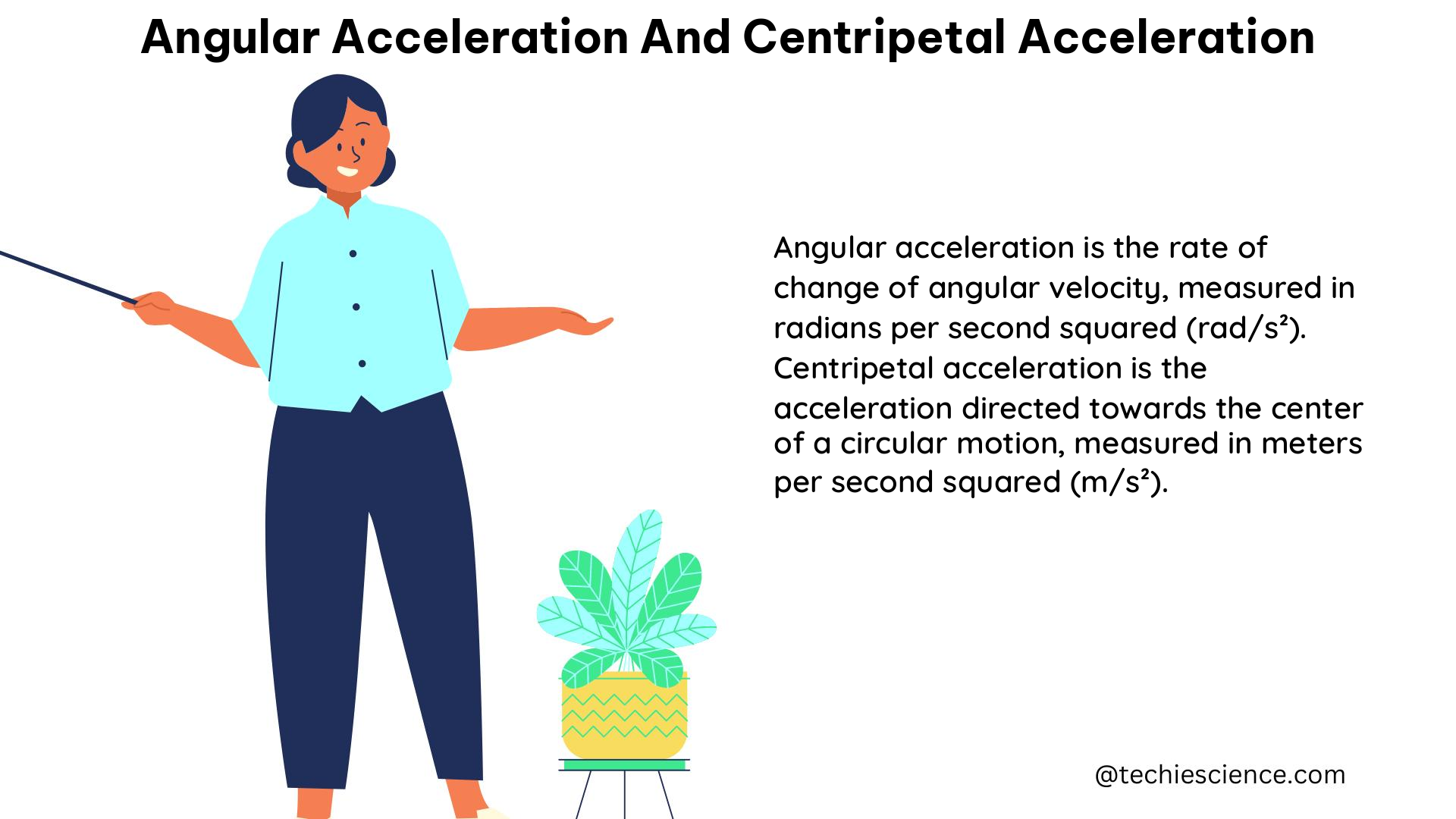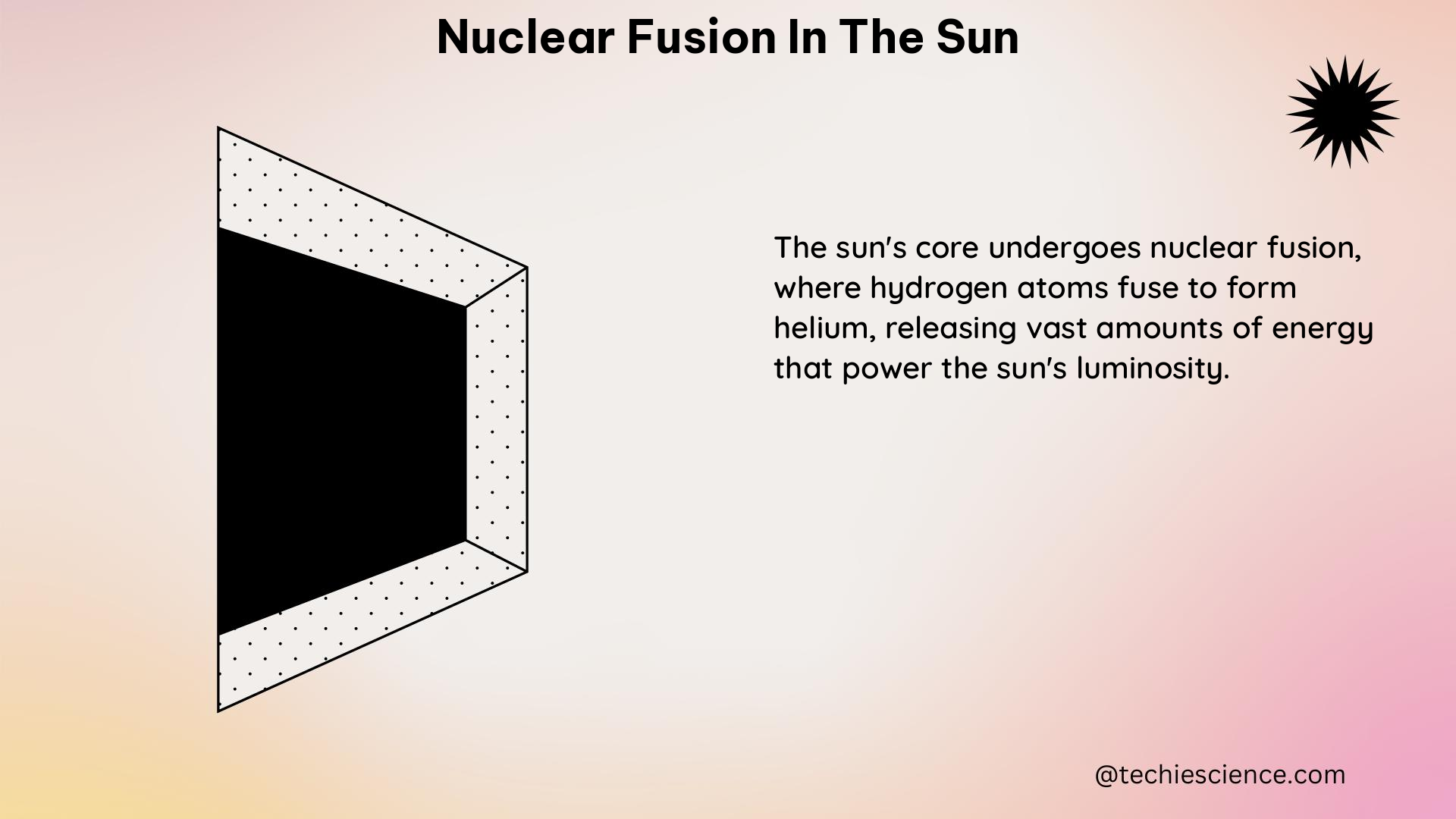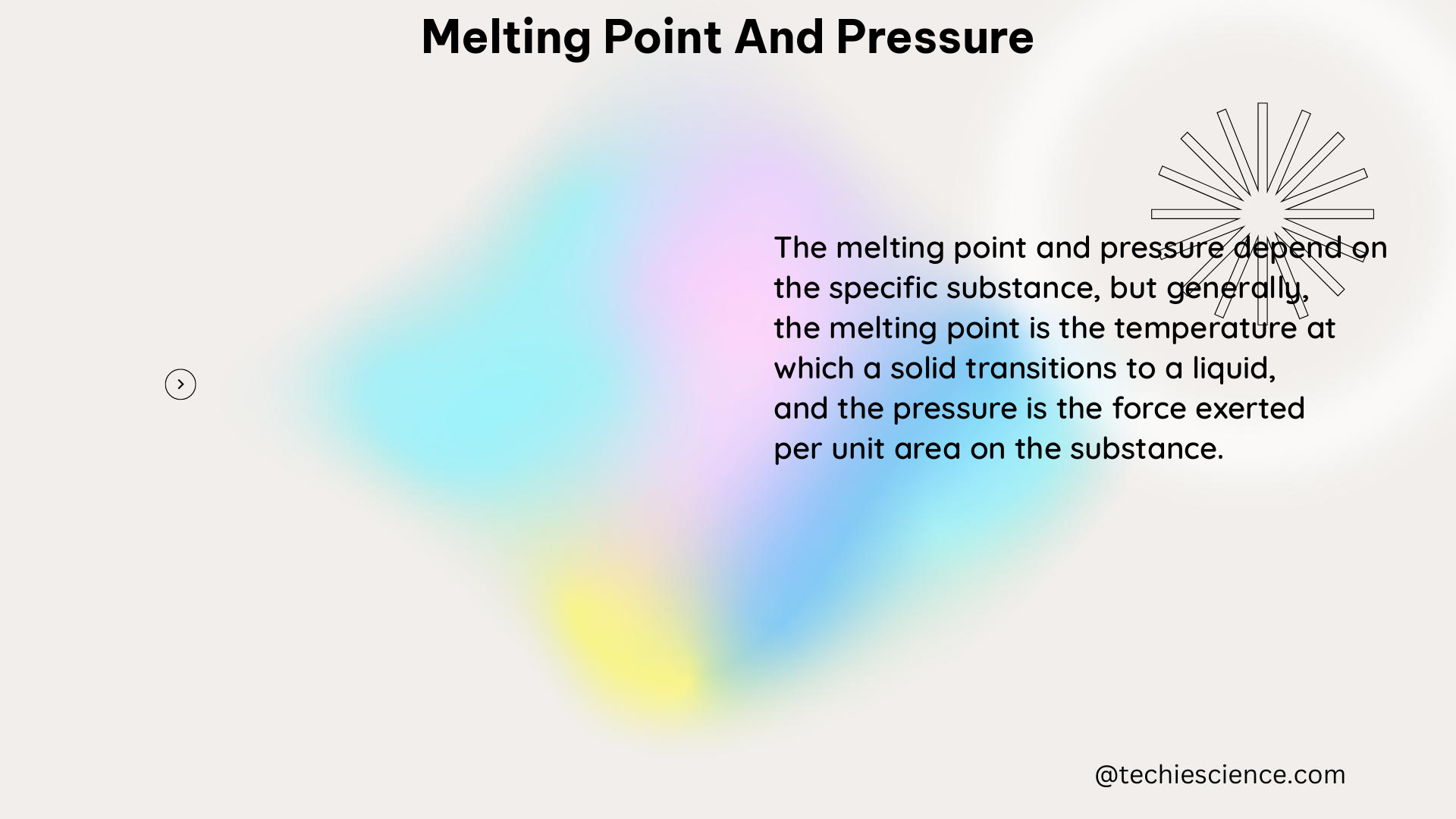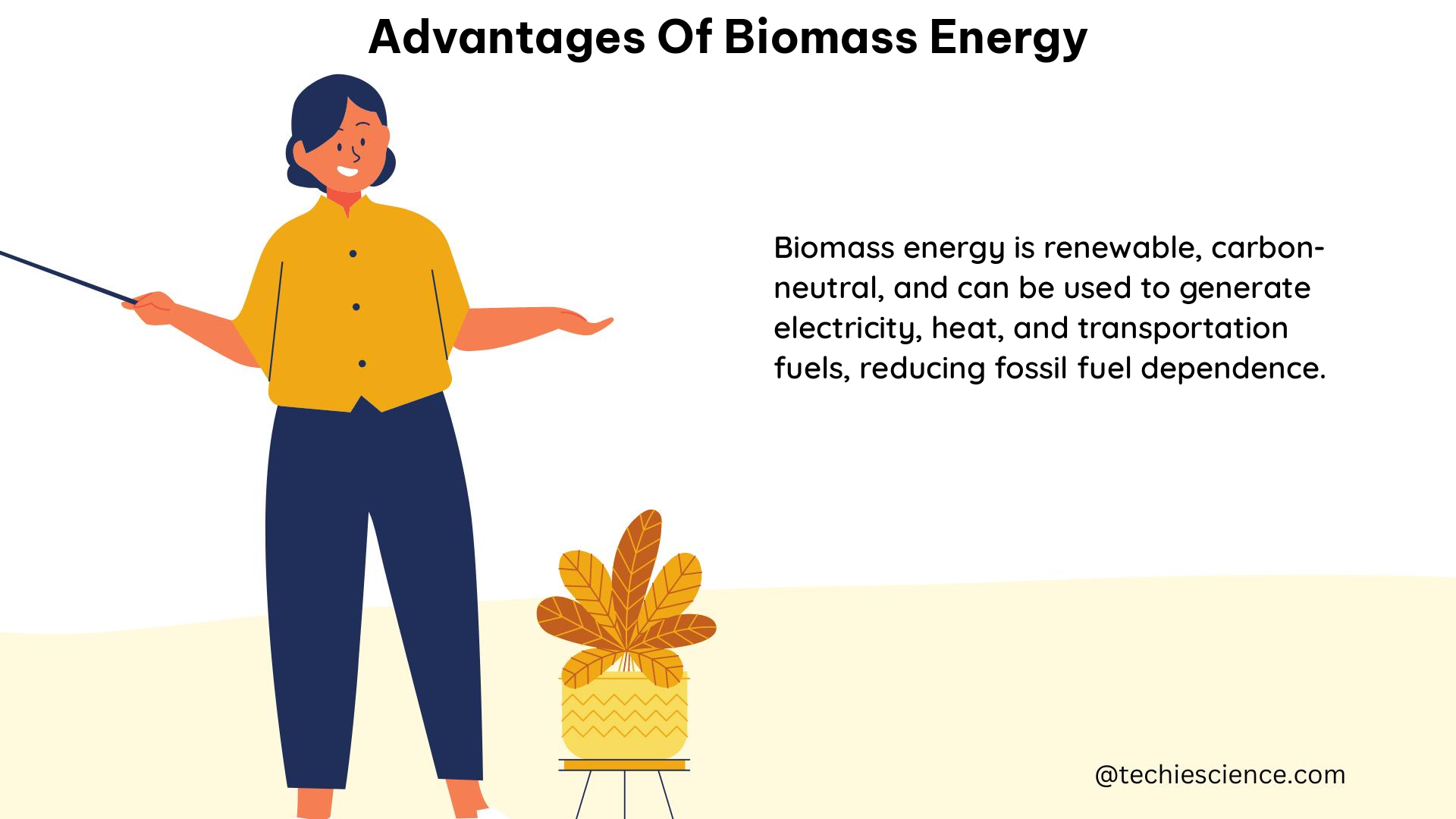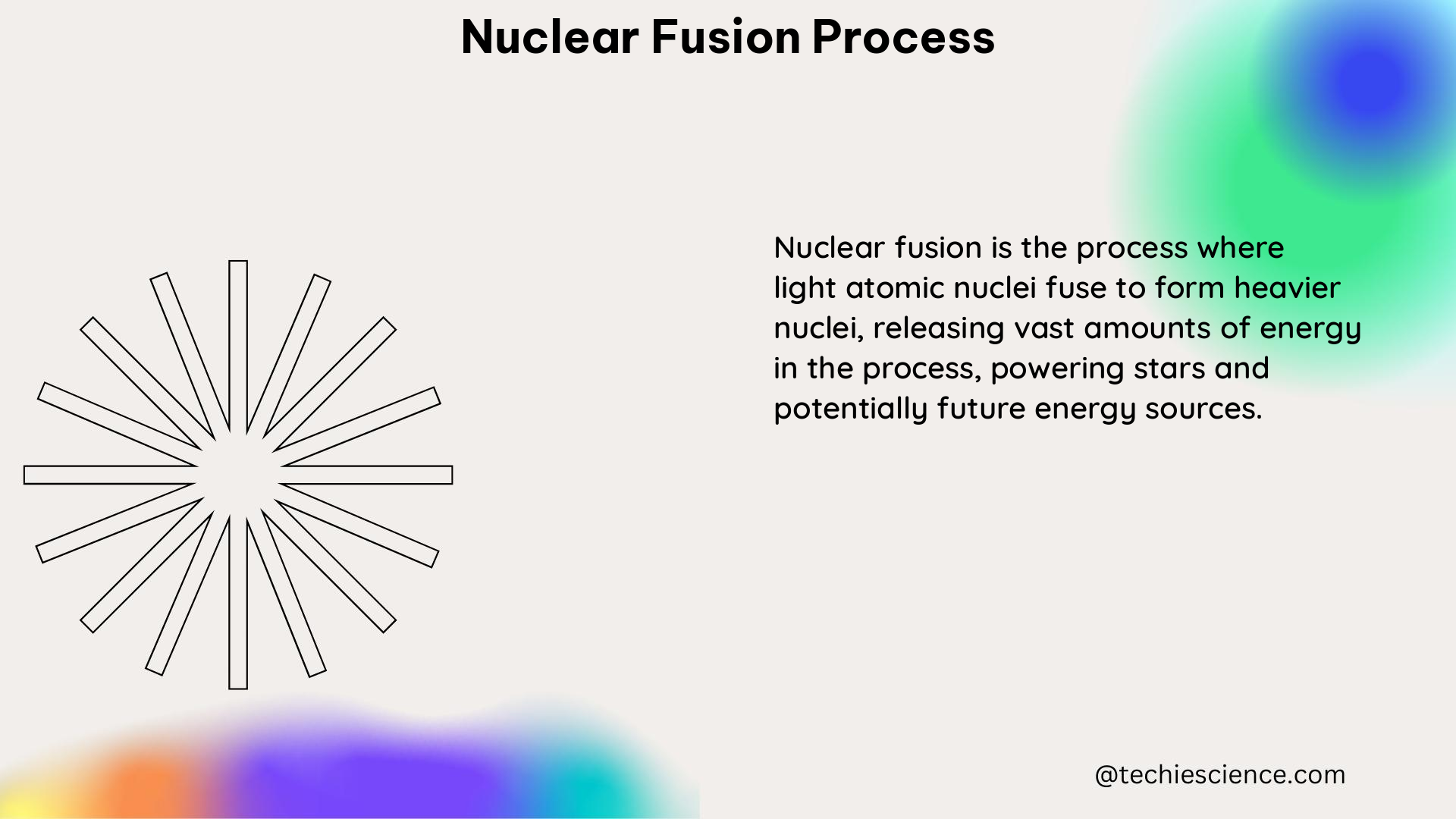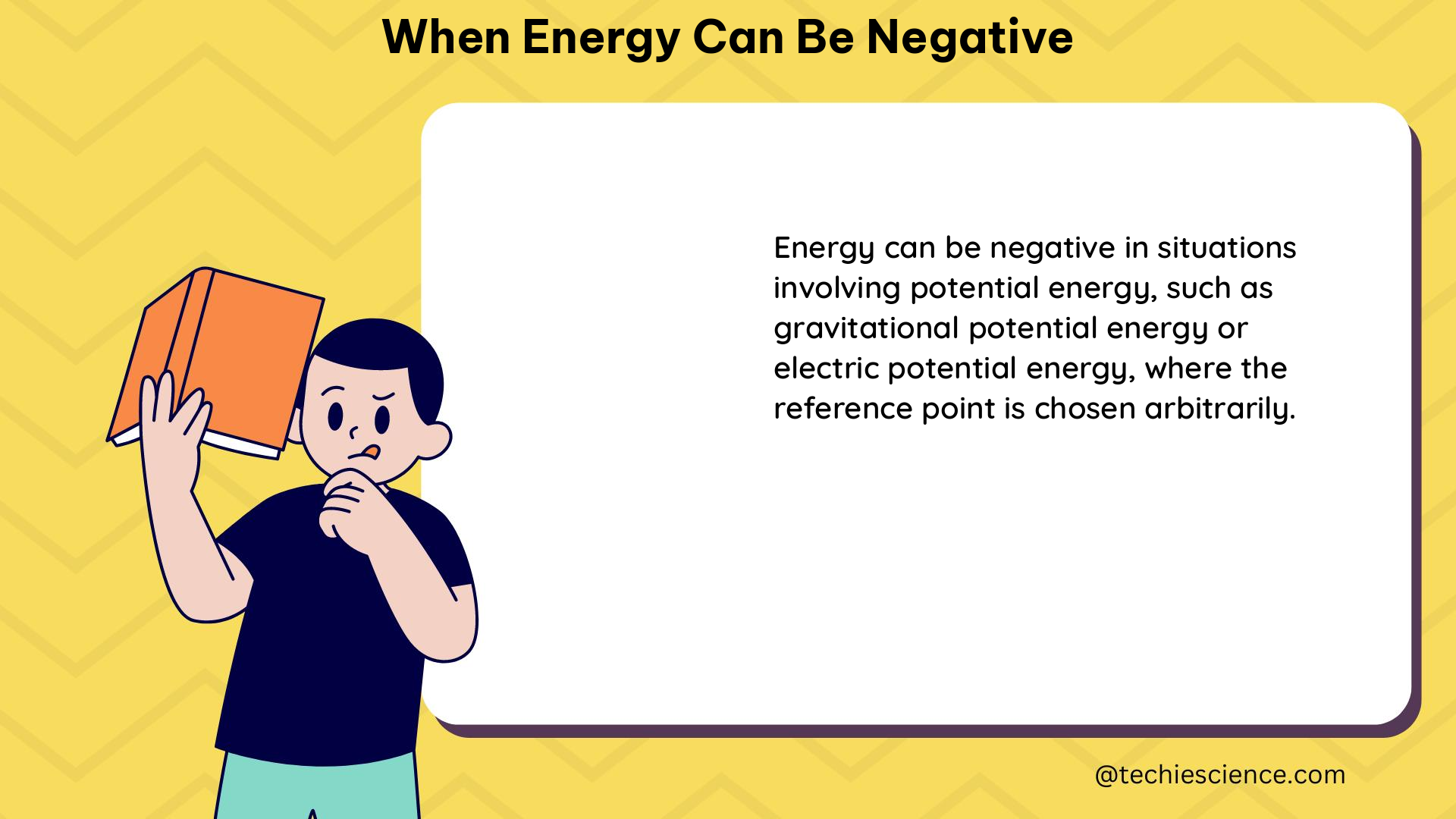When an equilibrium is a static equilibrium refers to a state where the net force and net torque acting on a system are zero, and the system is not accelerating. This concept is fundamental in physics and is used to describe the behavior of structures and objects in equilibrium.
Understanding Static Equilibrium
Static equilibrium is a state of a system where the net force and net torque acting on the system are zero, and the system is not accelerating. This means that the system is in a state of balance, and there is no net change in its position or orientation.
The conditions for static equilibrium can be expressed mathematically as:
-
The sum of all forces acting on the system is zero:
∑F = 0 -
The sum of all torques acting on the system is zero:
∑τ = 0
These equations indicate that the net force and net torque are zero, which means that the system is in equilibrium and not accelerating.
Conditions for Static Equilibrium
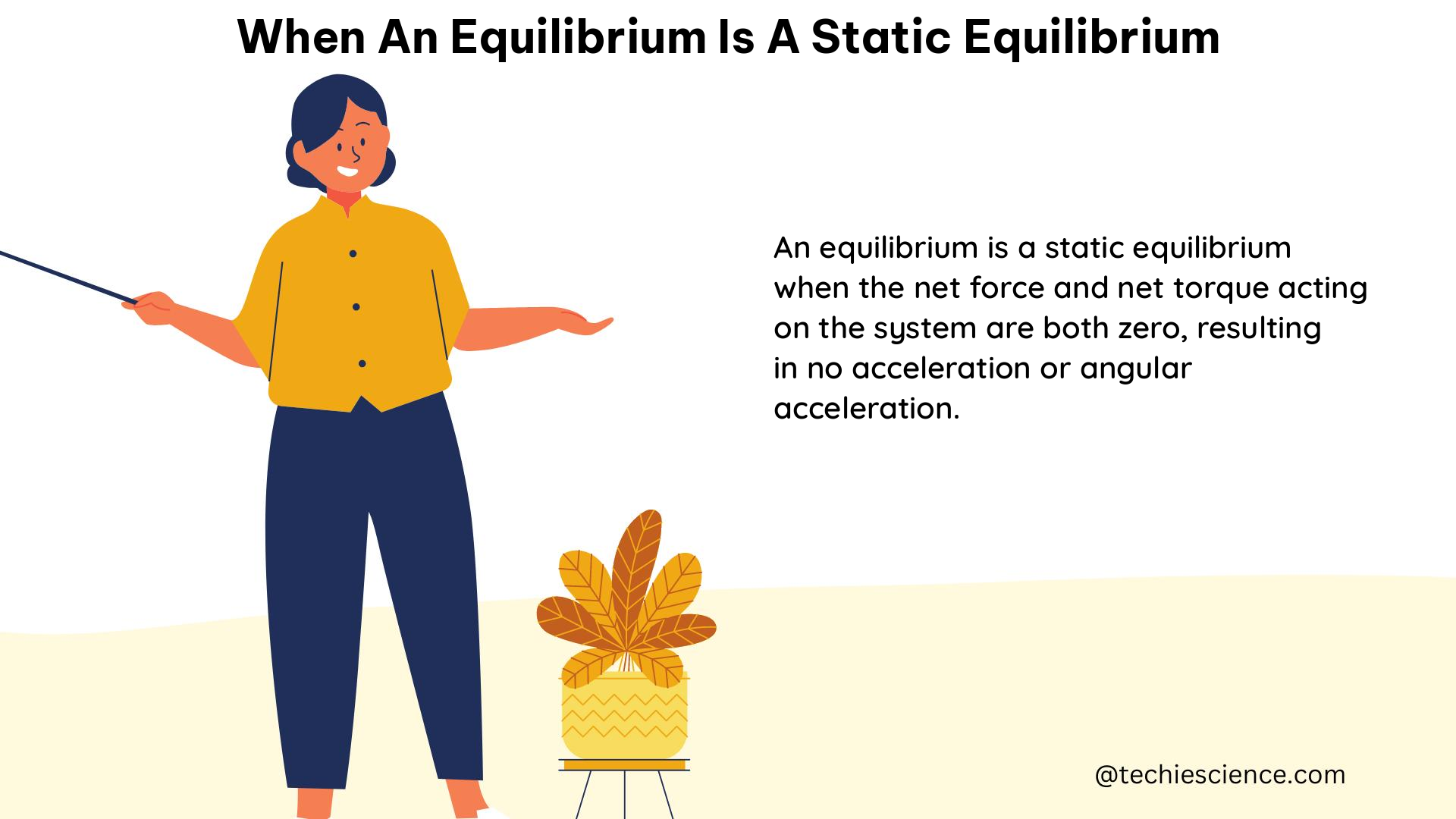
For a system to be in static equilibrium, the following conditions must be met:
-
No Net Force: The sum of all forces acting on the system must be zero. This means that the vector sum of all the forces acting on the system is zero.
-
No Net Torque: The sum of all torques acting on the system must be zero. This means that the vector sum of all the torques acting on the system is zero.
-
No Acceleration: The system must not be accelerating. This means that the system is not changing its position or orientation over time.
These conditions ensure that the system is in a state of balance and is not experiencing any net change in its state.
Examples of Static Equilibrium
- Seesaw: Consider a simple seesaw with two children of different weights sitting at equal distances from the fulcrum. The system is in static equilibrium when the net force and net torque are zero. This can be expressed as:
F1 + F2 = 0 (Net Force)
d1F1 = d2F2 (Net Torque)
where F1 and F2 are the forces exerted by the children, and d1 and d2 are the distances from the fulcrum.
- Bridge: In a more complex system, such as a bridge, the static equilibrium can be described by the following equations:
∑Fx = 0 (Net Force in x-direction)
∑Fy = 0 (Net Force in y-direction)
∑M = 0 (Net Torque)
where ∑Fx and ∑Fy are the sums of all forces acting in the x and y directions, respectively, and ∑M is the sum of all moments acting on the system.
- Ladder against a Wall: Consider a ladder leaning against a wall. The ladder is in static equilibrium when the net force and net torque are zero. This can be expressed as:
∑Fx = 0 (Net Force in x-direction)
∑Fy = 0 (Net Force in y-direction)
∑M = 0 (Net Torque)
where the forces and torques acting on the ladder, such as the weight of the ladder, the normal force from the wall, and the friction force, are balanced.
- Suspended Object: A suspended object, such as a chandelier or a weight hanging from a rope, is in static equilibrium when the net force and net torque are zero. This can be expressed as:
∑Fx = 0 (Net Force in x-direction)
∑Fy = 0 (Net Force in y-direction)
∑M = 0 (Net Torque)
where the weight of the object is balanced by the tension in the rope or the supporting structure.
Importance of Static Equilibrium
Static equilibrium is a fundamental concept in physics and engineering, and it has several important applications:
-
Structural Design: Understanding static equilibrium is crucial in the design of structures, such as buildings, bridges, and machines, to ensure their stability and safety.
-
Mechanical Systems: Static equilibrium is essential in the analysis and design of mechanical systems, such as levers, pulleys, and gears, to ensure their proper functioning and load-bearing capabilities.
-
Robotics and Automation: Static equilibrium principles are used in the design and control of robotic systems, ensuring their stability and precise movement.
-
Biomechanics: Static equilibrium concepts are applied in the study of human and animal biomechanics, helping to understand the mechanics of movement and the forces acting on the body.
-
Geophysics: Static equilibrium principles are used in the study of geological structures, such as tectonic plates and fault lines, to understand the forces and stresses acting on the Earth’s surface.
Conclusion
In summary, static equilibrium is a state where the net force and net torque acting on a system are zero, and the system is not accelerating. This concept is fundamental in physics and is used to describe the behavior of structures and objects in equilibrium. Understanding the conditions for static equilibrium and its applications is crucial in various fields, including structural design, mechanical systems, robotics, biomechanics, and geophysics.
References:
- Introduction to Chemical Equilibrium; Qualitative View of Chemical Equilibrium, Disturbances to Equilibrium, and Le Châtelier’s Principle | Chemistry LibreTexts. (n.d.). Retrieved from https://chem.libretexts.org/Courses/University_of_California_Davis/Chem_107B%3A_Chemical_Equilibrium_and_Spectroscopy/02%3A_Introduction_to_Chemical_Equilibrium/2.01%3A_Qualitative_View_of_Chemical_Equilibrium_Disturbances_to_Equilibrium_and_Le_Chateliers_Principle
- A Progression of Static Equilibrium Laboratory Exercises | American Journal of Physics. (2013). Retrieved from https://aapt.scitation.org/doi/10.1119/1.4823059
- Static Equilibrium – YouTube. (2022, April 14). Retrieved from https://www.youtube.com/watch?v=nTLewJ68eaE
- PHYS207 Lab 6 Static Equilibrium Instructional Goals – Course Hero. (n.d.). Retrieved from https://www.coursehero.com/file/22009817/6-Static-Equilibrium/
- Static Equilibrium, Reactions, and Supports | PPT – SlideShare. (2015, February 4). Retrieved from https://www.slideshare.net/slideshow/spc209-staticequilibrium/44300747
